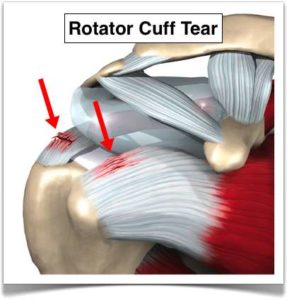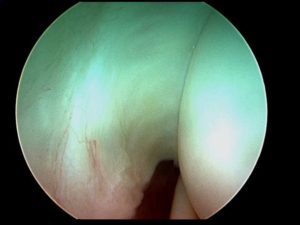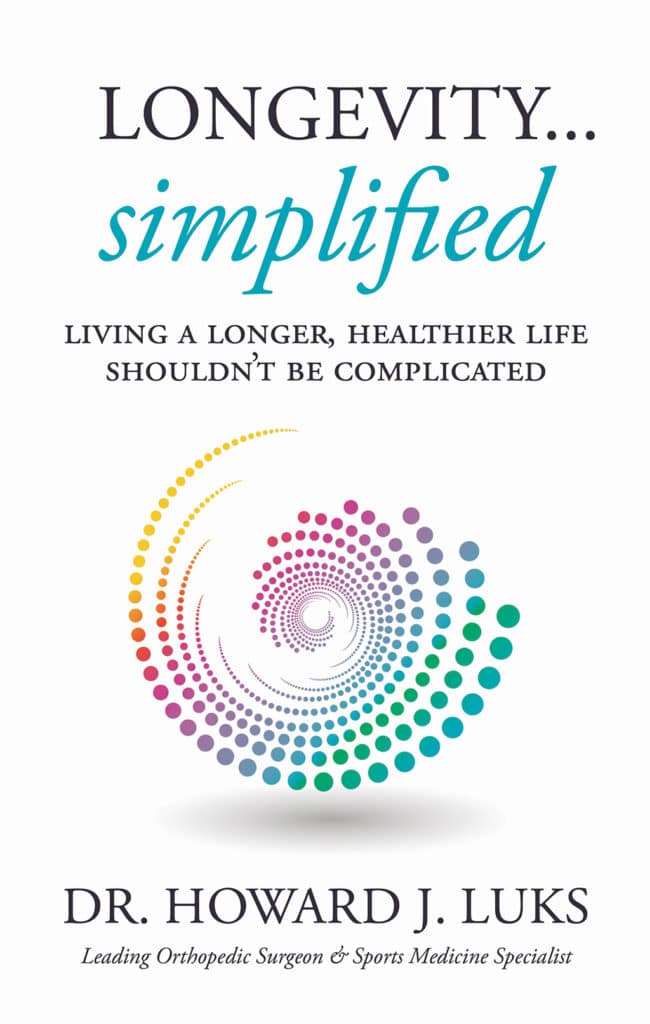So many patients with shoulder pain believe that they have a “rotator cuff problem” — yet very few actually know what the rotator cuff is. Let’s start with a bit of education. The rotator cuff, sometimes misspelled/mis-pronounced as the rotator cup, are a series of four small muscles that are beneath your deltoid muscle. The four small muscles of the rotator cuff perform a very important function. The rotator cuff provides stability and strength to the shoulder. Without a proper functioning rotator cuff most of you will develop pain, limited motion and possibly weakness. Before you dive further into what your rotator cuff problem is, a proper understanding of the basic anatomy of the rotator cuff is necessary.
What is the rotator cuff?
The muscles which comprise the rotator cuff are the

- supraspinatus (on top of shoulder)
- subscapularis (in front of the shoulder)
- infraspinatus (behind the shoulder)
- teres minor (behind your shoulder)
We refer to these muscles collectively as the rotator cuff because these relatively small muscles join together to form a continuous “cuff” of tissue (tendon) that attaches to the top of your shoulder. Each muscle of the rotator cuff pulls the arms in a different direction. The supraspinatus helps us reach up in the air (like raising our hand in class). The subscapularis rotates your arm inward to scratch your back. The infraspinatus and teres minor muscles rotate your arm outward, away from your body.
The rotator cuff muscles are all quite small when compared to many of the larger muscles which move the shoulder. Those larger muscles include the deltoid, the pectoralis muscles, as well as the trapezius. The job of the rotator cuff is to take the power generated by the larger muscles I just mentioned and turn that power into useful motion. Without the rotator cuff, the shoulder does not function well.

This is an arthroscopic or surgical picture of the rotator cuff. The round white ball on the right is the top of your shoulder bone, covered with cartilage. The tissue on the left, attaching to the ball at the top of the picture is the rotator cuff.
Most of the patients I see on a daily basis will note that they have a rotator cuff problem, but few can answer the question – What is the rotator cuff . I hope this brief description helps.
Now that you know what the rotator cuff is.. you may want to know about rotator cuff related injuries or issues.
Do All Rotator Cuff Injuries Require Surgery?
Rotator Cuff Tendinosis (a VERY common cause of pain)







